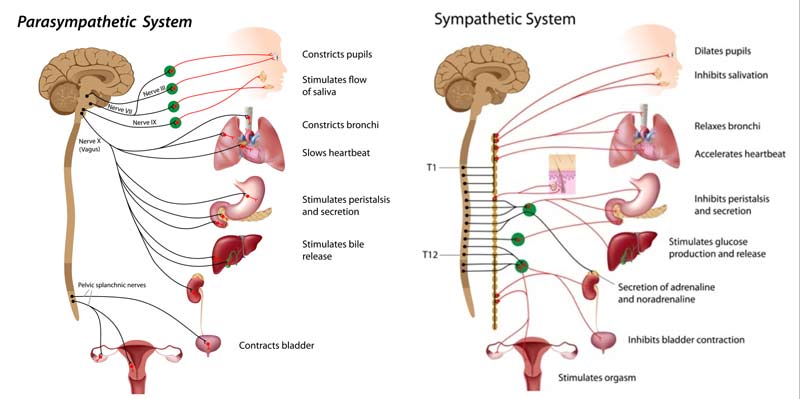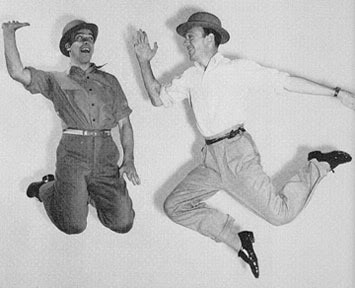Follow the link to try this experiment.
When viewing the video, see if you can count the total number of times that the people wearing white pass the basketball. How many passes?
http://viscog.beckman.uiuc.edu/grafs/demos/15.html
Then watch it again.
More at http://viscog.beckman.uiuc.edu/djs_lab/demos.html
Experiment Results
I was introduced to the basketball pass experiment (see the post “Try this Experiment”) at a lecture by Jon Kabat-Zinn at the Museum of Science. We were carefully instructed to count the passes among the white-shirted players. At the end of the video, we had succeeded–14, 15 passes–but not a one of the 250 people had seen a gorilla-suited person walk across the scene. In order to focus on the white shirts, to succeed at our task, our brains chose to screen out the entire category of “black movers,” no matter how unusual.
Attention/perception is most often selective. Even when we are not as deliberately focused as in the situation described above, even right from birth, we meet the world with preferences; we are making choices about what matters. The question, though, is who is choosing? There’s a famous image of all of knowledge as a pie, where one slice represents what we know, one slice what we know we don’t know, and the whole rest of the pie: what we don’t know we don’t know. What information are we screening out without even realizing it? Open attention, in which we try to open the doors of perception, not to choose or evaluate, seems to have to be practiced. (see post “Meditation and the Mind”). It is not clear that it ever just comes naturally. Our brains come with certain predispositions. What assumptions may we be making? How do they shape our experience of life, of relationships? Can we see into our conditioning at all?







